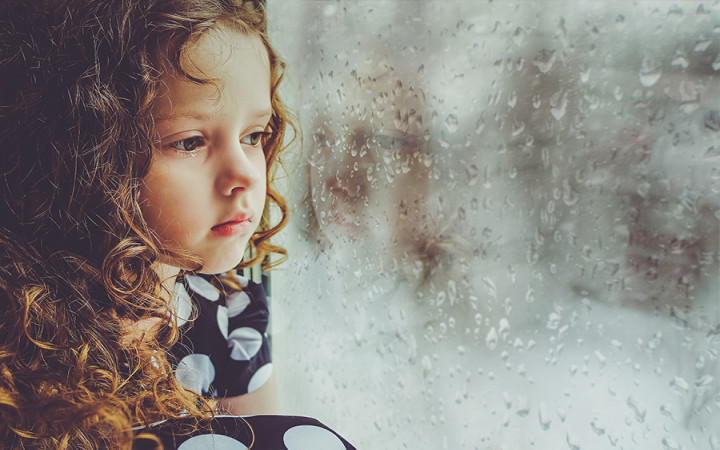Today’s Wonder of the Day was inspired by River. River Wonders, “how does depression feel like?” Thanks for WONDERing with us, River!
How are you doing today, Wonder Friend? Don't just say, "Fine!" Give it some thought. How do you really feel right now? Happy? Content? Excited? Scared? Worried? Sad?
On a typical day, our emotions can run the gamut from the highest of highs to the lowest of lows. We can be happy to see an old friend and later be sad when we hear some bad news.
For some people, though, feeling sad can be a serious problem that comes around at about the same time every year. Doctors might even diagnose them with a condition known by three capital letters: SAD.
SAD stands for seasonal affective disorder. It's a kind of depression accompanied by fatigue that occurs as winter approaches and daylight hours decrease.
Currently, scientists don't yet fully understand why and how SAD occurs. Those who have studied SAD believe that depression may be triggered in the brain in response to decreased exposure to sunlight.
For example, experts think SAD may be related to levels of melatonin and serotonin in the brain. When daylight hours decrease in winter, the body produces more melatonin, which could result in the fatigue those with SAD feel. Likewise, the body produces less serotonin when daylight hours decrease, which could lead to feelings of depression.
Just about anyone can be affected by SAD, including both kids and adults. Scientists estimate SAD could affect up to 6% of the population. Unfortunately, they don't know why SAD only affects so few people and not the majority of people who experience the same changes in melatonin and serotonin.
People with SAD experience the same symptoms as depression, including mood changes, fatigue, excessive sleep, overeating, trouble concentrating, and feelings of sadness, hopelessness, loneliness, dissatisfaction, and irritation. Unlike regular depression, however, SAD symptoms only appear seasonally for a few months each winter.
Women tend to get SAD up to four times more often than men. Where you live may also play a role. Studies have shown that you're more likely to get SAD the farther you live from the equator. This is consistent with prevailing theories that decreased exposure to light triggers SAD.
Treatments for SAD tend to focus on increasing exposure to sunlight. For example, people with mild symptoms might see improvement by exercising outdoors each day. Those with more severe symptoms may require light therapy, which involves the use of special lights that simulate daylight.
Doctors may also recommend a variety of other therapies, including talk therapy or medications, such as antidepressants. Fortunately, symptoms of SAD tend to disappear on their own as daylight increases when spring arrives.





